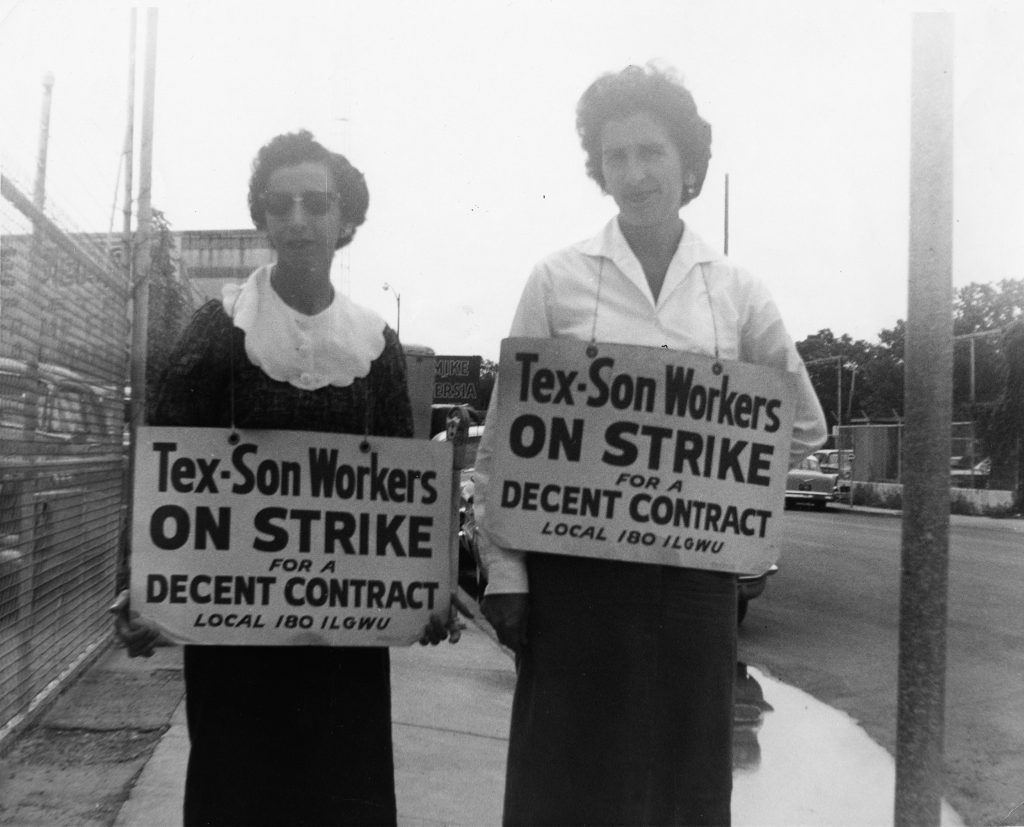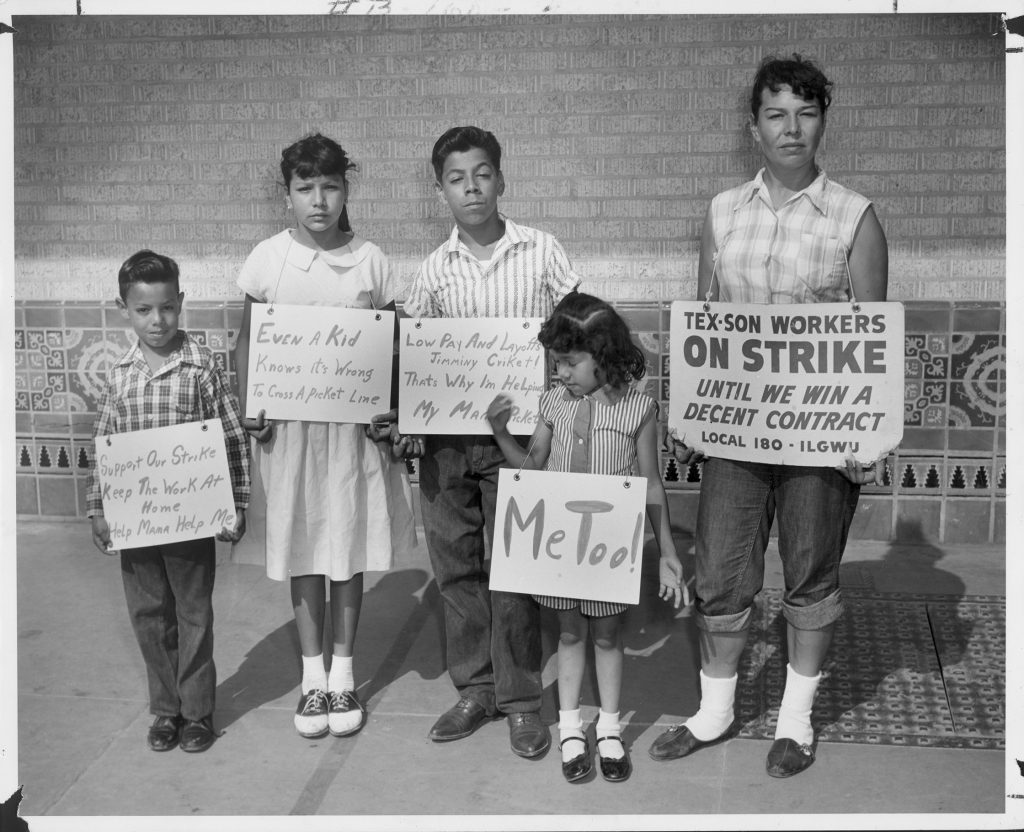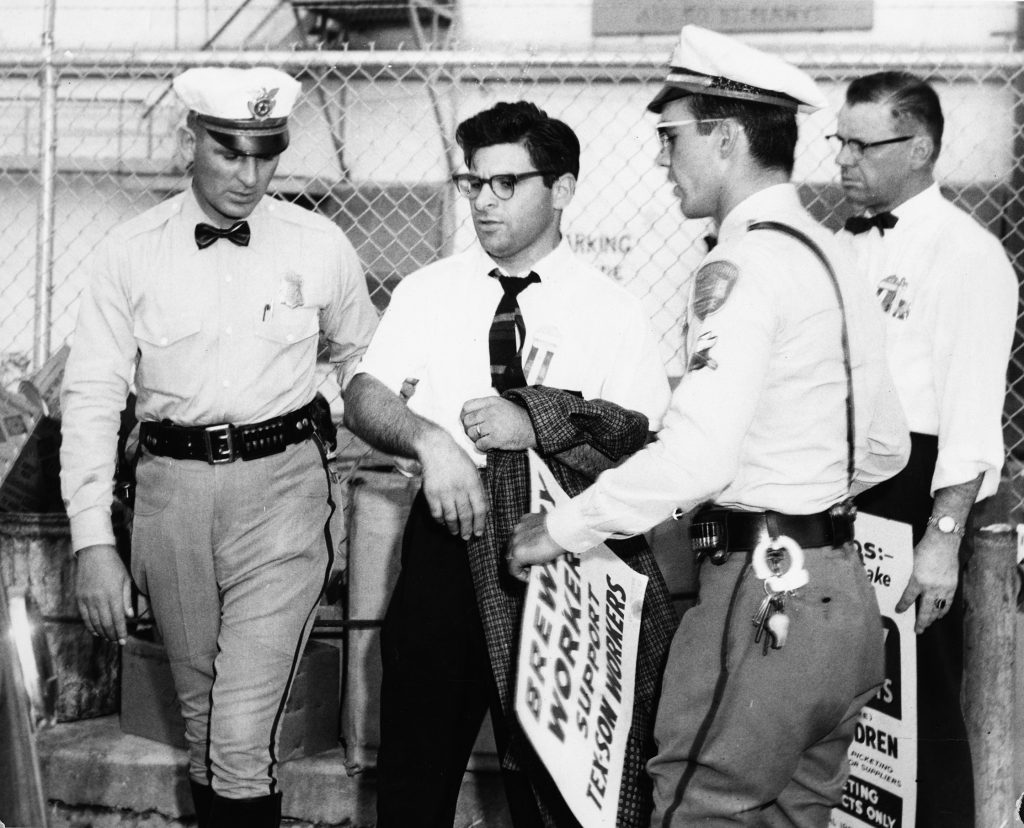One of the most challenging projects for historians of the twentieth century is producing biographical accounts of the heroes and heroines of the social movements of the 1960s and 1970s. Historical biographies have been attacked because they muddy our positive view of popular leaders in movements that remain salient in the twenty-first century. Some historians, however, write narratives that are powerful and controversial simply because the historical subject was nowhere near perfect, even crossing boundaries that we consider violent and abusive. This is the case for one of the most influential figures in the history of the Chicano Movement, Reies López Tijerina. Evangelical preacher and prophet turned leader of the Alianza Federal de Mercedes (Federal Land Grant Alliance], Tijerina’s life is chock-full of both violent and inspiring actions and decisions. Lorena Oropeza’s new book, The King of Adobe: Reies López Tijerina, Lost Prophet of the Chicano Movement, skillfully exposes the contradictions of a significant historical character as historians of the Chicano Movement seem to lose sight of his monumental importance in the fight for land rights in the U.S. Southwest.
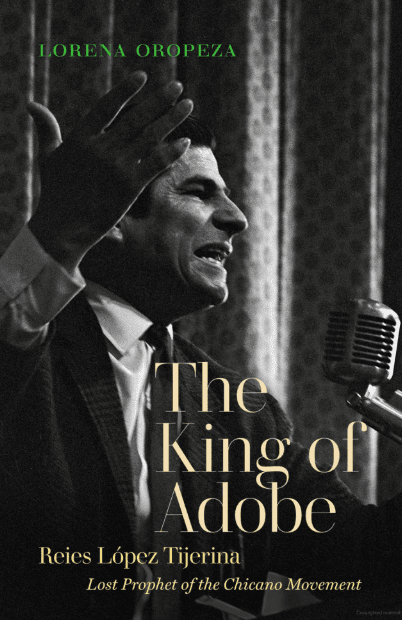
Taking readers from Tijerina’s early childhood in Texas to the last years of his life, Oropeza creates a fascinating biographical account of a man with controversial and radical ideas. She considers Tijerina’s evangelical approach to religion and preaching, misogynistic view of gender, sexuality, and the family, and anti-imperialist view of the U.S. government. Oropeza comes to terms with the messiness of his past and even questions his mental health and sanity, brilliantly exposing some of Tijerina’s most unpopular characteristics and actions while balancing the importance of his work in the Chicano Movement.
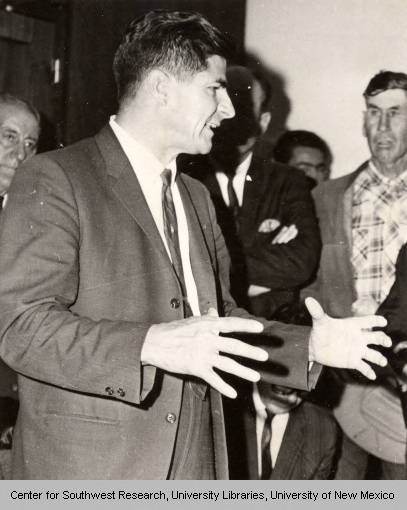
Some of the most compelling parts of this book lie in the oral histories gathered by the people that knew Tijerina intimately, including his first wife and his daughters. Understanding their tumultuous and sometimes violent relationship with Tijerina helps the reader understand how hard it was for Chicano Movement activists, especially women, to work in a context his family describes as patriarchal. Oropeza brilliantly compares Tijerina’s past as a prophet to his role as the leader of Alianza. His motivations as a prophet in the 1950s propelled him and his religious followers to build their own underground dwellings in New Mexico in hopes that they might be free from the secular world that he blamed for the oppression of his people. Only a few years later, his new followers in Alianza were determined to liberate land taken from Mexicans by the U.S. after 1848 and live free from the U.S. settler state. His connection to land and his resistance to oppression were hard lines that ran throughout his various leadership roles.
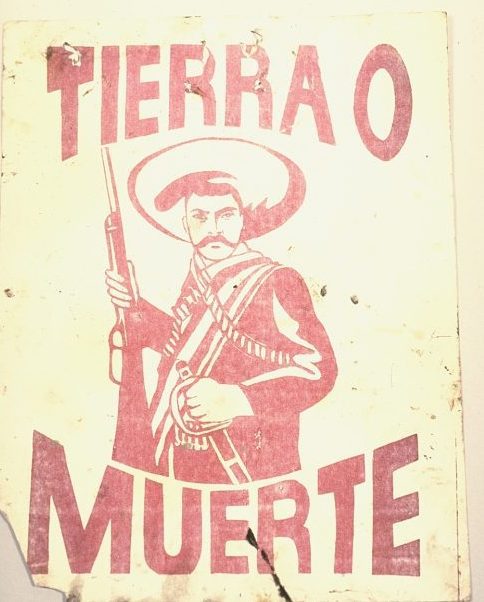
This book also highlights an essential moment in the United States when the discourse of non-violent resistance and protest prevailed over violent militancy. Two years before the Alcatraz Occupation by Red Power activists and five years before the armed opposition at the Second Battle of Wounded Knee, Tijerina’s occupation and raid in 1967 of a courthouse in New Mexico lead to the first instance of armed militancy towards federal and state authorities during the 1960s. However, it also ended up placing him among the most venerable leaders of the Chicano Movement. The Alianza’s militant action garnered national attention for the land-grant cause in the Southwest that Tijerina and the activists in his ranks championed for so long. The 1967 raid also led to his participation in the 1968 Poor People’s Campaign and to conversations with leaders like Martin Luther King Jr. However, his national popularity never stopped Tijerina from continuously using the Bible to justify his place in the broader social movements of the time, nor did he ever truly stop believing that he was divinely blessed, a savior to his people.
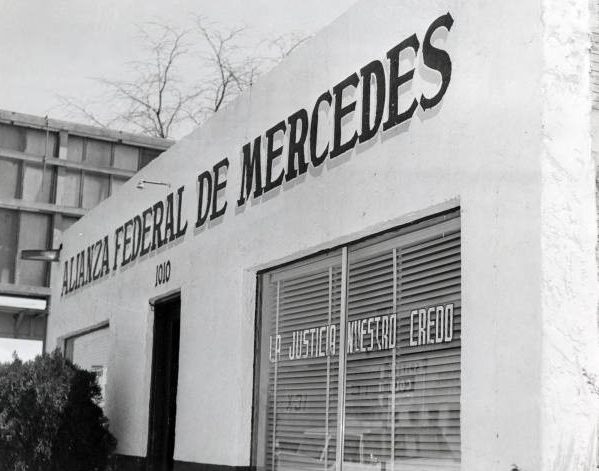
The King of Adobe shows how to responsibly tell the history of people that historians have ignored or never fully explored. In the case of Tijerina, Oropeza challenges his designation as one of the “Four Horseman of the Chicano Movement,” and his eventual erasure in the history of the Chicano Movement. Oropeza brings Tijerina back to prominence. She takes no shortcuts confronting the ironies in his life. She commends his bravery in a moment when national leaders of social movements were murdered for their ideas while revealing his sexist tendencies and the hardships people around him suffered. Much like Matt Garcia’s pathbreaking book, From the Jaws of Victory: The Triumph and Tragedy of Cesar Chavez, Oropeza’s book challenges historians who help create simplistic narratives of historical figures for fear of being challenged by academia. Oropeza recognizes that the Alianza’s militant action around New Mexican land-grant disputes and the history of U.S. conquest inspired scholars during that period to investigate U.S. land acquisition further, leading activist scholars and others to critique U.S. imperialism and the creation of the U.S. border. She argues that these early scholarly investigations contributed to the emerging fields of Chicano/a history, the history of the American West, and the history of U.S. settler colonialism. Anyone with interests in the Chicano Movement, the movement for land rights in the Southwest, twentieth-century social movements, Mexican American religion, and oral history should read this book.
You might also like:
Remembering the Tex-Son Strike: Legacies of Latina-led Labor Activism in San Antonio, Texas
City in a Garden: Environmental Transformations and Racial Justice in Twentieth-Century Austin, Texas by Andrew M. Busch (2017)
The Austin Women Activists Oral History Project


